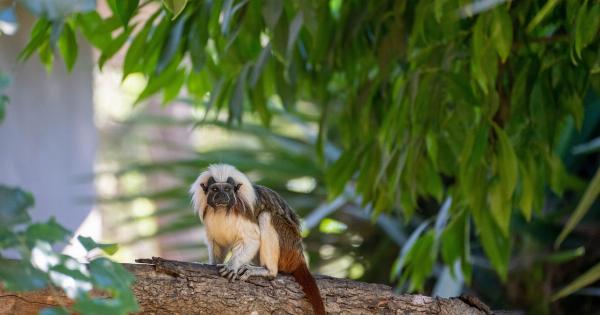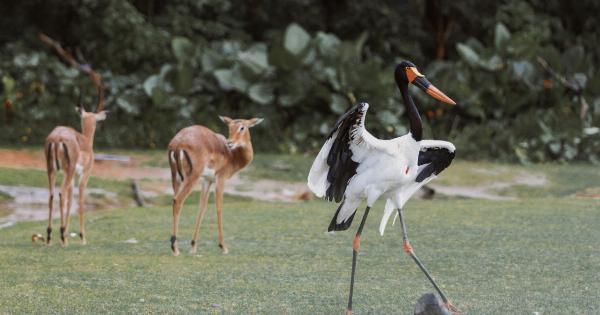The world is currently experiencing an outbreak of the New Koronai virus, also known as COVID-19. While the exact origin of the virus is still being studied, many scientists and health experts believe that it likely originated from bats.
The Connection Between Bats and Viruses
Bats have long been known to carry a variety of viruses, including Ebola, SARS, and MERS. However, they do not usually become sick from these viruses themselves.
Instead, they act as “reservoirs” for the viruses, allowing them to pass from one animal to another. This is because bats have a unique immune system that allows them to tolerate viruses without experiencing the severe symptoms that humans and other animals may experience.
While scientists are still studying the connection between bats and the New Koronai virus, it is believed that the virus may have first passed from bats to another animal, such as a pangolin, before being transmitted to humans.
The Search for Patient Zero
One of the biggest questions surrounding the New Koronai virus is who the first human to contract the virus was.
This person, known as “patient zero,” would likely hold critical information about how the virus originated and how it was transmitted.
However, finding patient zero has proven to be a difficult task. The first cases of the virus were reported in Wuhan, China in December 2019, but it is believed that the virus may have been circulating in the region for some time before then.
Additionally, many early cases of the virus may have been overlooked or misdiagnosed, making it difficult to determine when and where the virus first emerged in humans.
Understanding the Role of Wildlife in Disease Transmission
The New Koronai virus is just one example of how wildlife can play a role in the transmission of viruses and other diseases to humans.
As humans continue to encroach on natural habitats and come into contact with wildlife, the risk of disease transmission increases. This is why it is important to study the connections between animals and disease and to work to prevent potential outbreaks.
Preventing Future Outbreaks
While the exact origin of the New Koronai virus may still be unclear, there are steps that we can take to prevent future outbreaks. One such step is to reduce the amount of contact that humans have with wildlife.
This can be achieved through measures such as habitat conservation and the regulation of wildlife trade.
In addition, it is important to invest in research that can help us better understand the connections between wildlife and disease. This includes studying the genetics of viruses and the immune systems of animals like bats.
The Importance of International Cooperation
The New Koronai virus has quickly spread to become a global pandemic, affecting countries around the world. This highlights the importance of international cooperation in preventing and responding to outbreaks of infectious diseases.
By working together, countries can share information and resources to more effectively address the issue of disease transmission.
A Final Word
While the New Koronai virus has had a significant impact on the world, it has also brought attention to the important issue of disease transmission from animals to humans.
By studying the connections between wildlife and disease, investing in research, and working together on an international level, we can help prevent future outbreaks and protect the health and well-being of humans and wildlife alike.



























